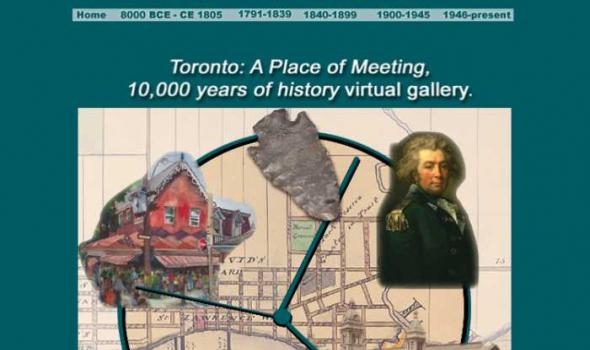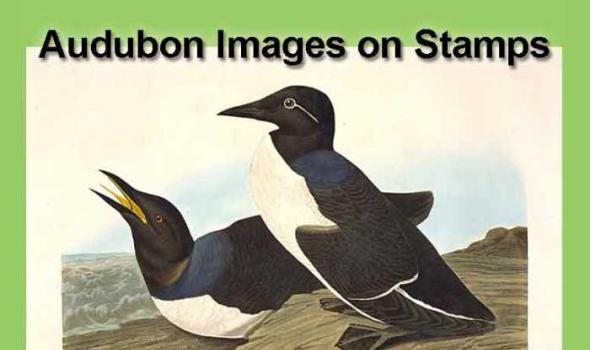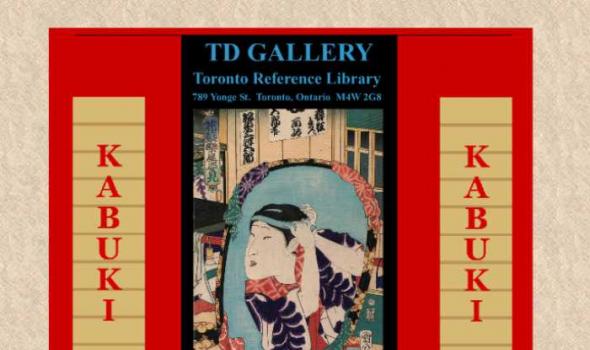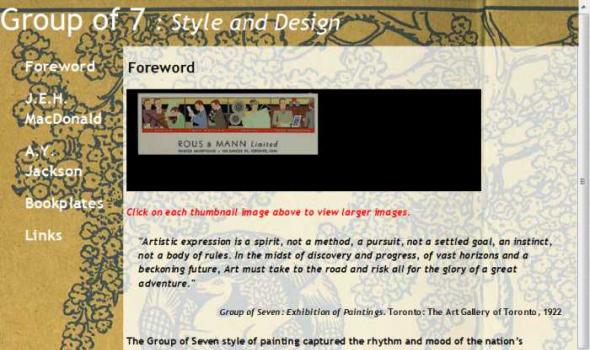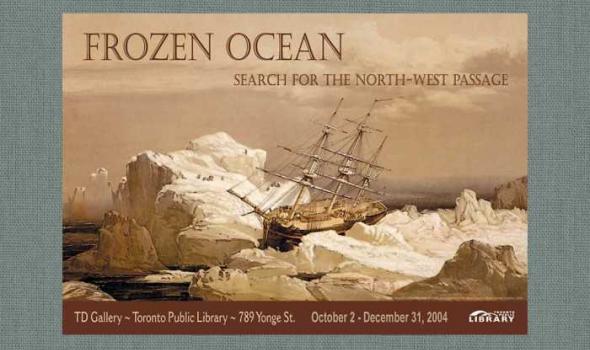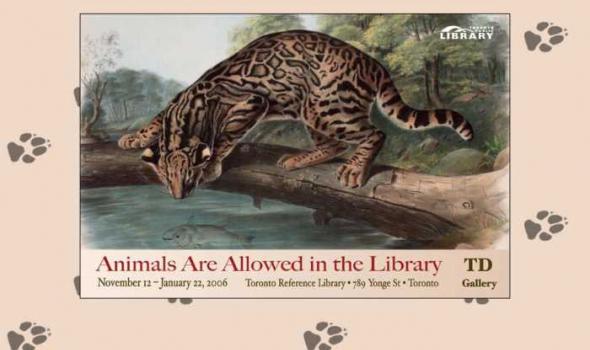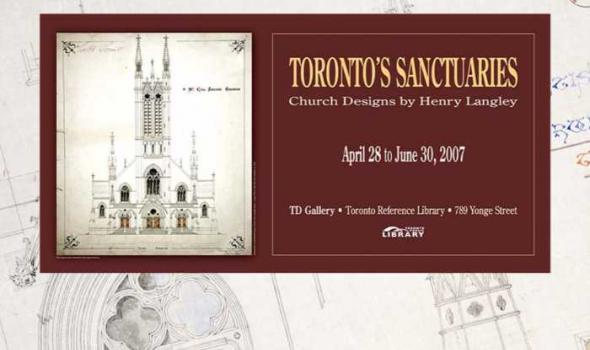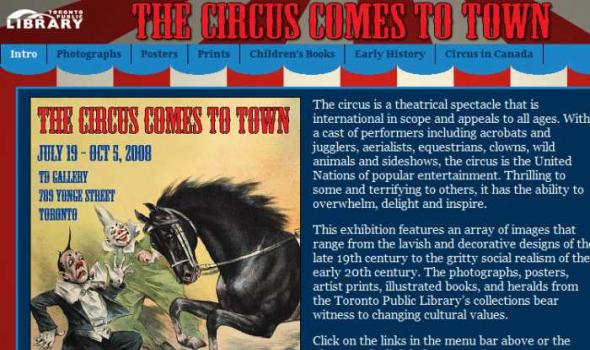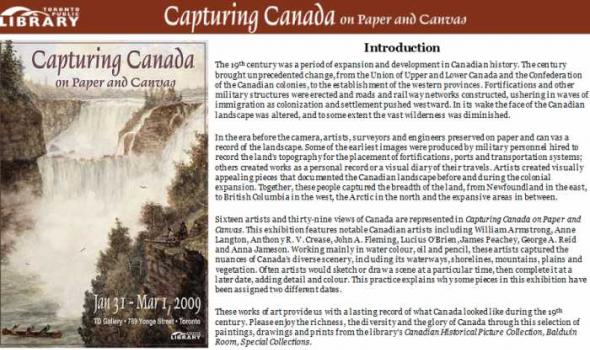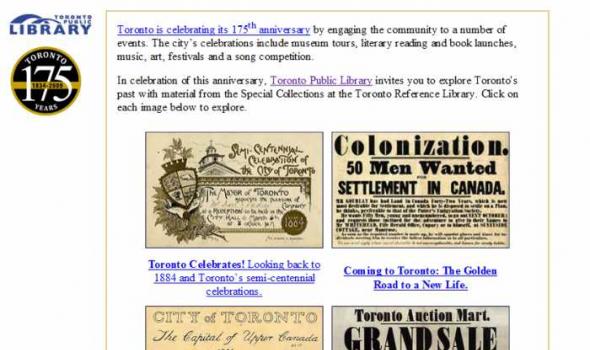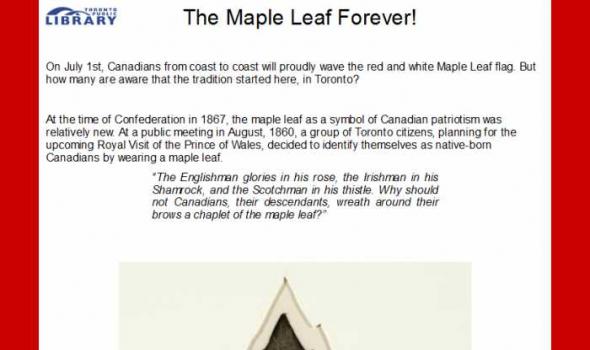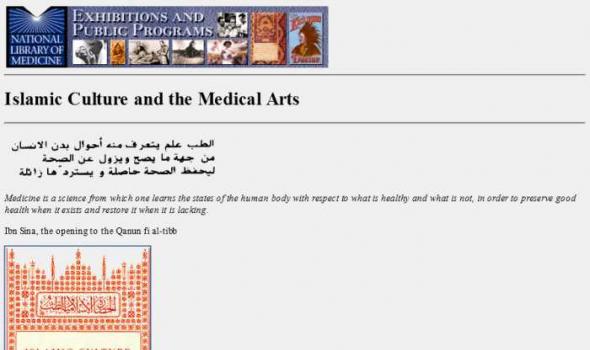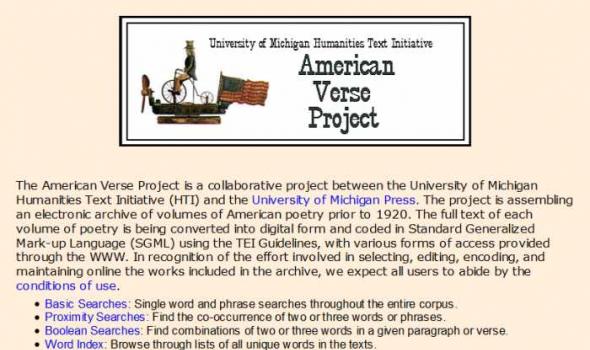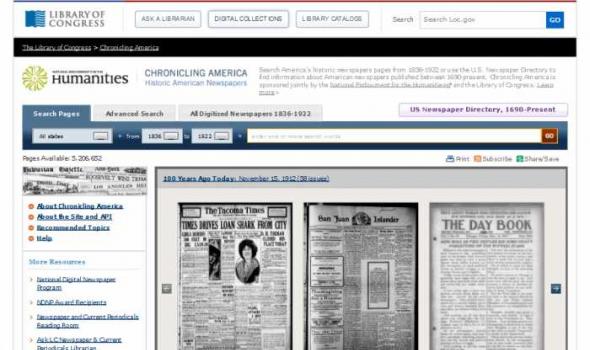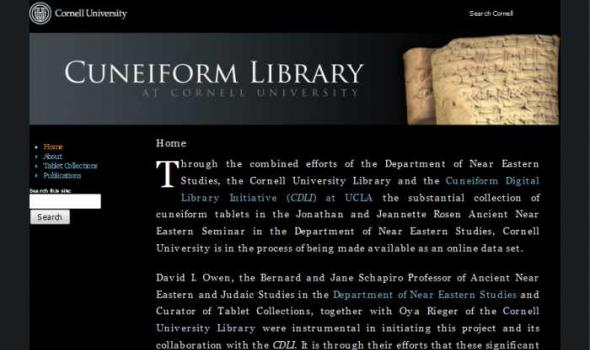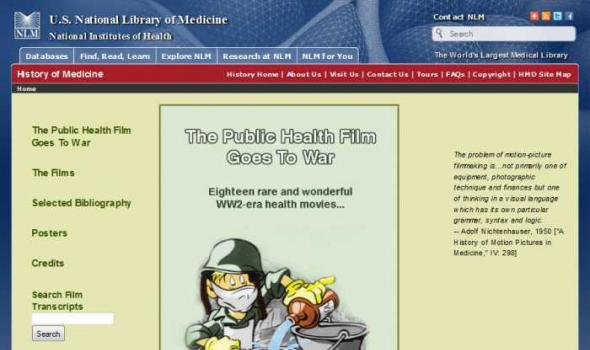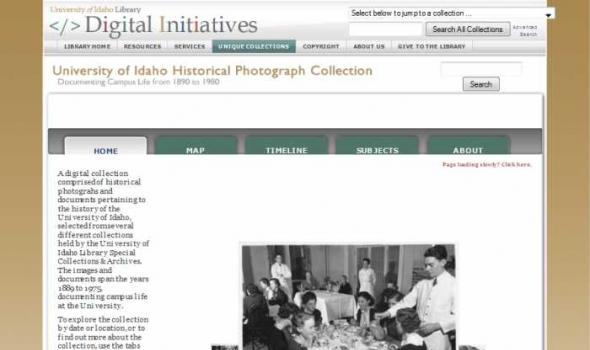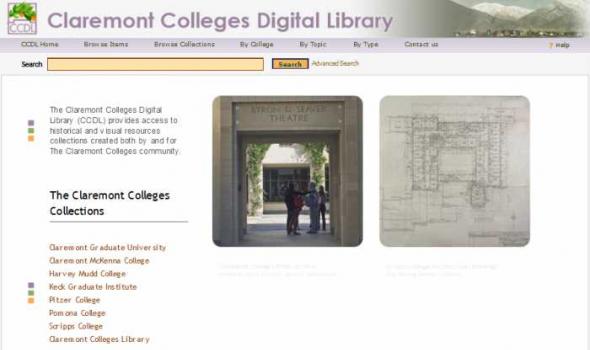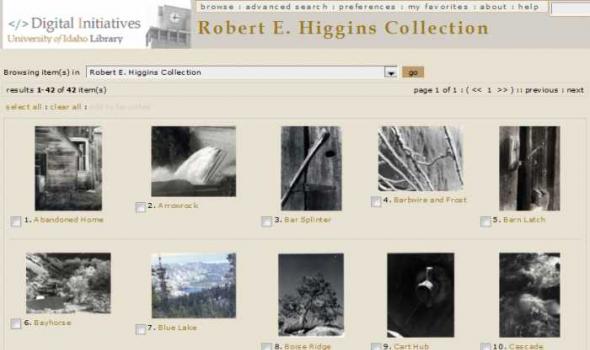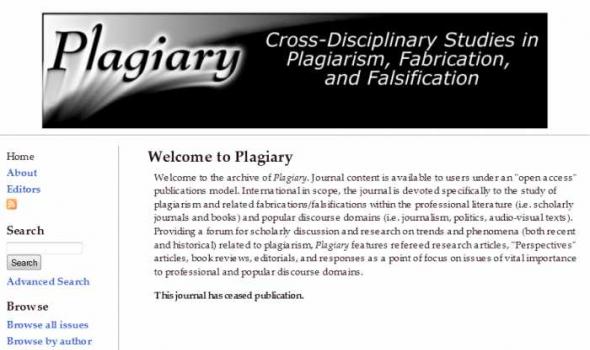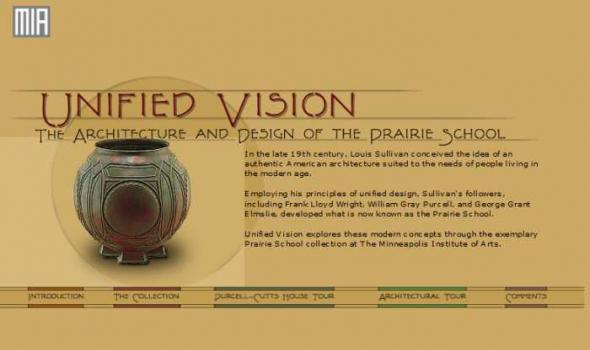Category: Toronto Public Library
Results
A Case of Considerable Interest An exhibition celebrating the 35 th anniversary of the Arthur Conan Doyle Collection of the Toronto Public Library “Well, my boy, what do you think of this lot?” he asked, smiling at my expression. “It is a curious collection.” “Very curious, and the story that hangs round it will strike you as being more curious still.” - Sherlock Holmes to Dr. Watson in “The Musgrave ritual” by Arthur Conan Doyle Sir Arthur Conan Doyle (1859-1930) is best known for his detective stories about Sherlock Holmes, but he was also the author of many other works and one of the best known public figures of the late Victorian age.
The Toronto Public Library (TPL) has long been committed to an active exhibition program for its Local History and Special Collections in the Canada Trust Gallery at the Toronto Reference Library and other Library venues. The virtual version of All Aboard Toronto ? Railways and the Growth of a City , fully re-creates the exhibition on display in our Gallery from August 4 ? October 7, 2001. The exhibition explores Toronto railway history and its impact on the development of the city from the 1850s to the end of the steam era in the mid 20th century. It is illustrated with over a hundred collection items including paintings, drawings, maps, postcards, broadsides and other ephemera.
The Osborne Collection encompasses the development of English-language children's literature, ranging from a 14 th -century manuscript of Aesop's fables through 15 th -century traditional tales, 16 th -century school texts and courtesy books, Puritan works, 18 th -century chapbooks, moral tales and rational recreations, Victorian classics of fantasy, adventure and school stories, up to 1910 – the end of the Edwardian era. The Collection is enriched with the Lillian H. Smith Collection of modern notable English-language books and with Canadiana materials that together illustrate the links between the early and modern books, and provide a rich resource of our vibrant Canadian heritage, preserved for future generations.
, Toronto Public Library's virtual exhibition that celebrates 10,000 years of the city's history. It recreates the exhibition on display at the TD Gallery, Toronto Reference Library, June 29 - September 22, 2002 and May 17 - August 2, 2003. Images are from the Library's Special Collections and private collections. The virtual exhibition is divided into five eras, beginning with the first human presence in the city 8000 BC and ending with modern city of 2003. You can explore the city's past by clicking one of the images on the map or a time period on the navigation bar. Each era begins with an Overview History , which summarizes the major trends and developments that shaped that time period.
Soon after their appearance in the 1840's, stamps became the focus of collectors. They developed a life of their own, apart from their official role on letters and parcels. Canada's first stamp, the Three penny Beaver, designed by Sandford Fleming, was printed in 1851. Thirteen years later, Canada's first philatelic pamphlet, The Stamp Collector's Record, was published in Montreal, only a year after a similar one in England. Stamp collecting's appeal is universal. With a vast array of stamps available, collectors tend to narrow their scope to specific categories-concentrating for example on stamps with certain themes, or from particular countries. Governments try to tempt collectors (and generate revenue) by issuing a host of stamps and stamps sets.
Kabuki is a performing art that combines music, dance, pantomime, song, drama and comedy. In the early 1600s kabuki emerged from traditional Japanese classical theatre and puppet show traditions, incorporating elements of both.
While classical plays are quiet, refined and slow-paced, kabuki is full of spirited action and outsized emotions. Kabuki plays portray characters from Japanese history, legend and folk tales. Great heroes, beautiful princesses, evil spirits, loyal retainers, vengeful warriers and benevolent lords populate the stage. These stories have continued to grip the Japanese imagination, embodying as they do the much-valued ideals of loyalty, courage and strength.
Rt. Hon. Arthur Meighen, address to the Senate, September 10, 1939. In September 1939, Canadians prepared for another war with memories of the Great War still fresh in their minds. It was determined that Canada’s war effort would be concentrated in financial and industrial support, and the first priority would be to secure the nation’s borders. By the spring of 1940, the progress of the war in Europe had changed dramatically. With the German invasion of Denmark, Norway, Belgium and Holland, and the fall of France, Canadians reassessed their own vulnerability. The spectre of a German victory became real.
Foreword The Group of Seven style of painting captured the rhythm and mood of the nation???s landscape. From Algonquin to Algoma, Lake Superior to the Rocky Mountains, Quebec to Nova Scotia, the artists traveled in search of the quintessential Canadian landscape painting. Armed with canoes, boards and paints, they interpreted the chaotic mass of nature in a bold, modern approach that differed from the Academic convention. To finance their expeditions, many of the artists worked in commercial art firms, designing illustrations, advertisements and elegant illuminated texts.
Introduction From the time of Columbus, the American continent was seen by Europeans as a barrier between Europe and the Orient. A passage through it was the prime object of many voyages of exploration. Magellan had sailed around South America in 1520, but the icy northern shores were mysterious and seemed unassailable. The search for a sea route across the top of North America began in the 16th century as a commercial venture sponsored by London merchants. By the 19th century it was obvious that a Northwest Passage would not be a useful seaway, but finding it became an obsession, as did the attainment of the North Pole late in the century.
Whether they are in the circus or the zoo, in the field, the stream or the air, on a dinner plate or an altar, animals have fascinated humanity from its earliest origins. Selected from Toronto Public Library’s rare books, original art and postcard collections, this survey features prints from Audubon’s Quadrupeds , images of wild and domestic animals as well as animals at play. Yes, animals are allowed in the library-roaming through thousands of pages, over hundreds of years.
Opera Atelier holds a unique place in the North American theatre community, producing opera, ballet and drama performances that draw upon the aesthetics and ideals of the 17th and 18th centuries. Featuring acclaimed international soloists, period ballet (Artists of Atelier Ballet), original instruments, elaborate stage décor, exquisite costumes and most importantly, an imaginative energy, Toronto-based Opera Atelier has attained international recognition.
Pictures came before books, printing or writing, and were our first expression of stories. The Canadian artist Marie Day celebrated the power of cave art in her picture book Quennu and the Cave Bear , an imaginative recreation of how a young girl of the Stone Age conquered her fear of a ferocious cave bear by drawing him. The Stone Age makes a fitting start to an exhibition celebrating Canadian picture books, within which there are no boundaries of place or time. In chronological terms, the earliest painting in this exhibit is 42, the latest, only three years old. The earliest artefact shown here is nearly 3,000 years old, and the story of Quennu depicts a period over 20,000 years ago.
Introduction The second half of the nineteenth century was a time of wealth, optimism and growth in Toronto. Architecturally, it was an era that would drastically change the appearance of Toronto forever. A small but dedicated number of architects would infuse Toronto’s landscape with a variety of structures, possibly, the most striking being the churches, with their soaring spires, ornate towers and other Gothic Revival attributes. This exhibition honours one of these architects, Henry Langley, and features the Toronto churches that he designed, built and completed. Henry Langley, 1836-1907, was born in Toronto. He obtained his architectural training by apprenticing for seven years with an established architect, Scottish-born, William Hay, 1818-1888.
Introduction The Special Collections at the Toronto Reference Library reveal a wonderful diversity of focus, form, age and content. Together, they form a cultural legacy that began in the late nineteenth century with the opening of Toronto's first public library. They continue to grow through acquisition and donation to ensure that users today and tomorrow have free access to their cultural and literary heritage. From the humble to the exquisite, each item in the collection has been treasured and preserved, and its story maintained by the librarians of the Toronto Public Library. In celebration of the Toronto Reference Library's thirtieth year at 789 Yonge Street, we proudly present a special exhibition from these collected works.
The Toronto Public Library (TPL) has long been committed to an active exhibition program for its Special Collections in the Canada Trust Gallery at the Toronto Reference Library. The virtual version of Footprints of the Hound recreates in part the exhibition on display in our Gallery from October 20 – December 2, 2001.
Discovery at your fingertips.... Come explore the Curator’s Showcase. We have digitized seven treasures from the Toronto Public Library’s rich and varied special collections, and added pictures, maps, notes and more. Using the Library’s interactive software, you can virtually turn the pages of the books. You can zoom in on the digitized images and also find related texts, images and sounds. Other features specific to individual books are provided, such as transcriptions of handwritten pages. This project was inspired by the British Library Turning the Pages program. To experience a touch sensitive version of the Showcase, visit the Special Collections Digital Kiosk at the Toronto Reference Library .
The circus is a theatrical spectacle that is international in scope and appeals to all ages. With a cast of performers including acrobats and jugglers, aerialists, equestrians, clowns, wild animals and sideshows, the circus is the United Nations of popular entertainment. Thrilling to some and terrifying to others, it has the ability to overwhelm, delight and inspire. This exhibition features an array of images that range from the lavish and decorative designs of the late 19th century to the gritty social realism of the early 20th century. The photographs, posters, artist prints, illustrated books, and heralds from the Toronto Public Library’s collections bear witness to changing cultural values.
Welcome to Local Flavour. This virtual exhibit surveys the various aspects of eating in Toronto over a span of 125 years. To turn the pages of Toronto's, click your mouse near the edge of the page to the right and then drag the mouse across to turn page. Or use the 'Next page' and 'Previous page' buttons at the top to flip through pages. You can also use the 'Go to page...' dropdown menu to quickly jump to any section of the exhibit.
Introduction The 19 th century was a period of expansion and development in Canadian history. The century brought unprecedented change, from the Union of Upper and Lower Canada and the Confederation of the Canadian colonies, to the establishment of the western provinces. Fortifications and other military structures were erected and roads and railway networks constructed, ushering in waves of immigration as colonization and settlement pushed westward. In its wake the face of the Canadian landscape was altered, and to some extent the vast wilderness was diminished. In the era before the camera, artists, surveyors and engineers preserved on paper and canvas a record of the landscape.
Toronto is celebrating its 175 th anniversary by engaging the community to a number of events. The city’s celebrations include museum tours, literary reading and book launches, music, art, festivals and a song competition. In celebration of this anniversary, Toronto Public Library invites you to explore Toronto's past with material from the Special Collections at the Toronto Reference Library. Click on each image below to explore. To learn more about the history of Toronto, explore these past exhibits: Also, check out the following two books from our Curator's Showcase : To search for more historical images of Toronto from our collections:
On July 1st, Canadians from coast to coast will proudly wave the red and white Maple Leaf flag. But how many are aware that the tradition started here, in Toronto? At the time of Confederation in 1867, the maple leaf as a symbol of Canadian patriotism was relatively new. At a public meeting in August, 1860, a group of Toronto citizens, planning for the upcoming Royal Visit of the Prince of Wales, decided to identify themselves as native-born Canadians by wearing a maple leaf. This leather badge was worn at the reception for the Prince of Wales held in Toronto on September 7, 1860. Although the maple leaf had previously been used as a symbol for Canada, this was the first occasion on which it was worn as a national emblem.



